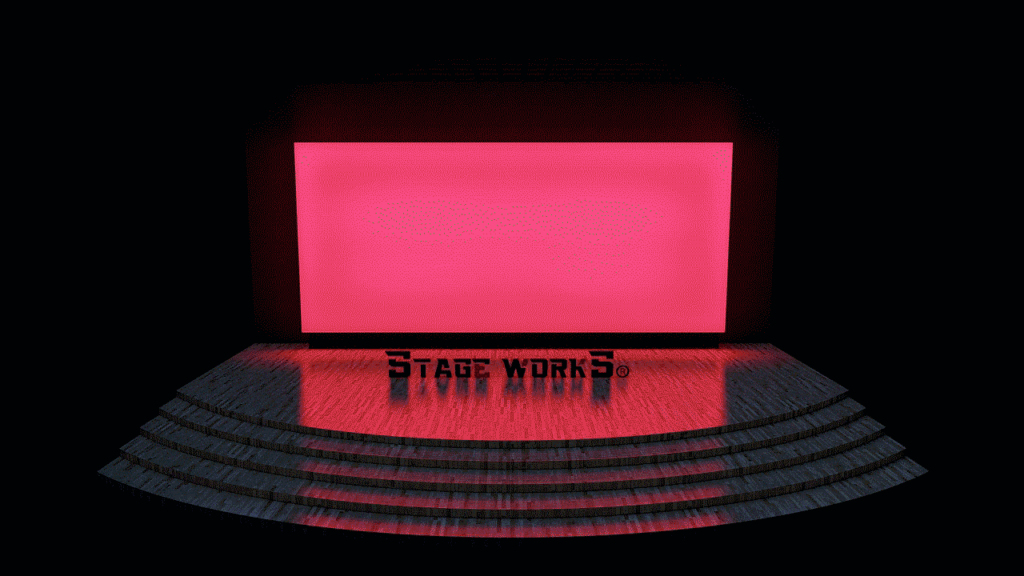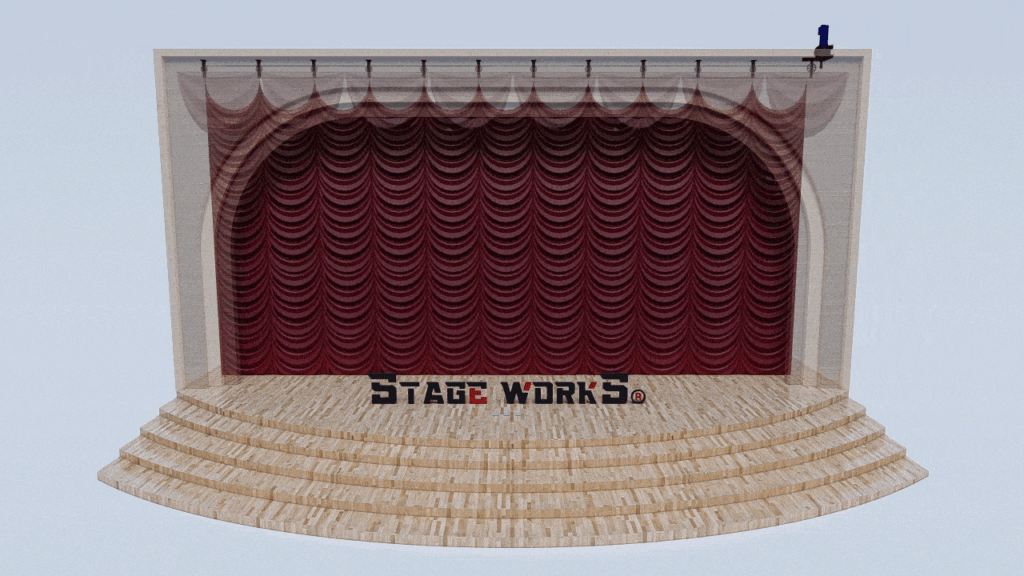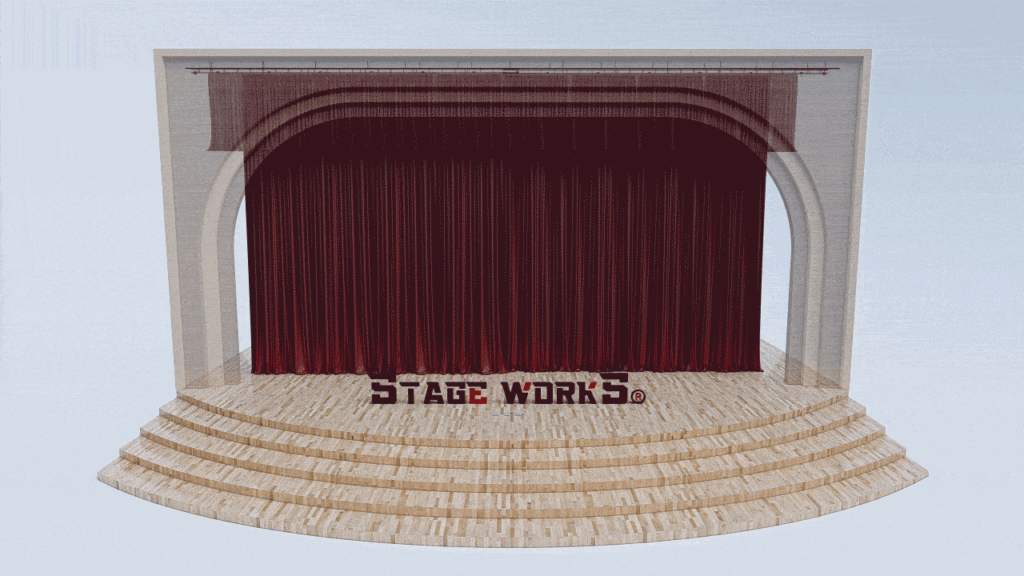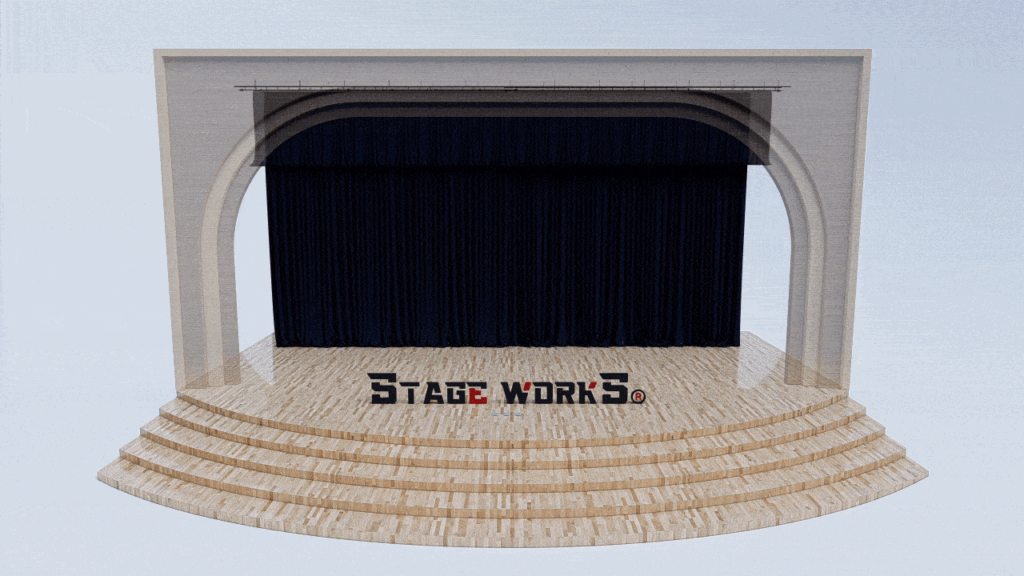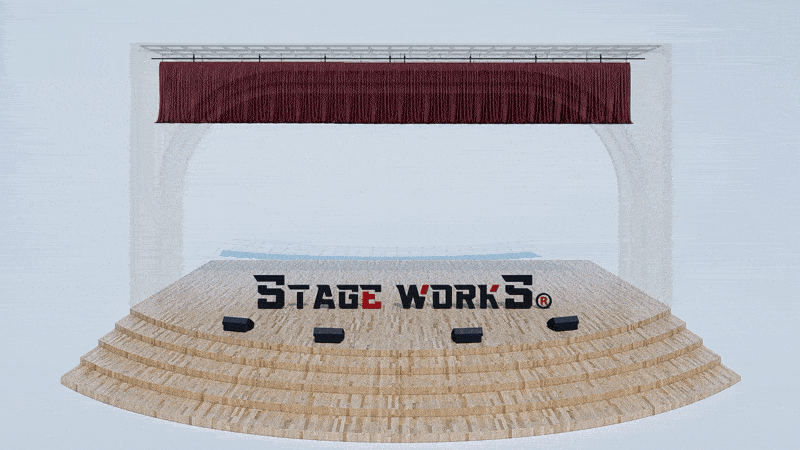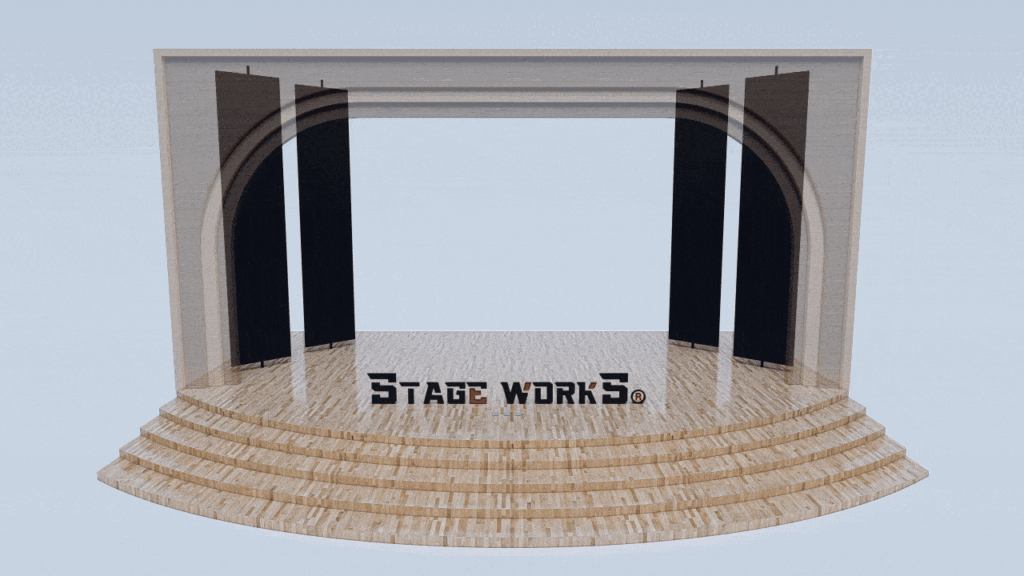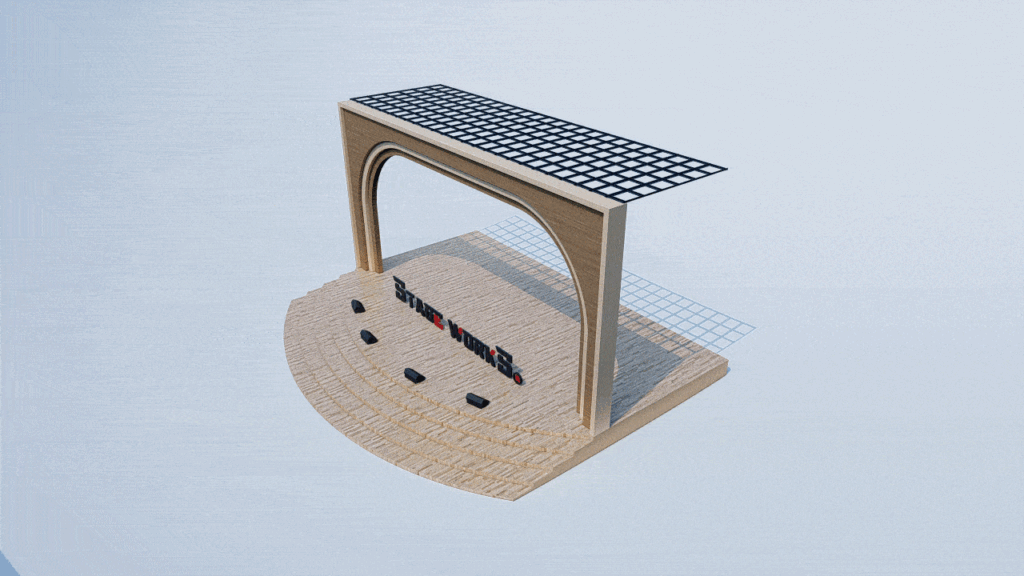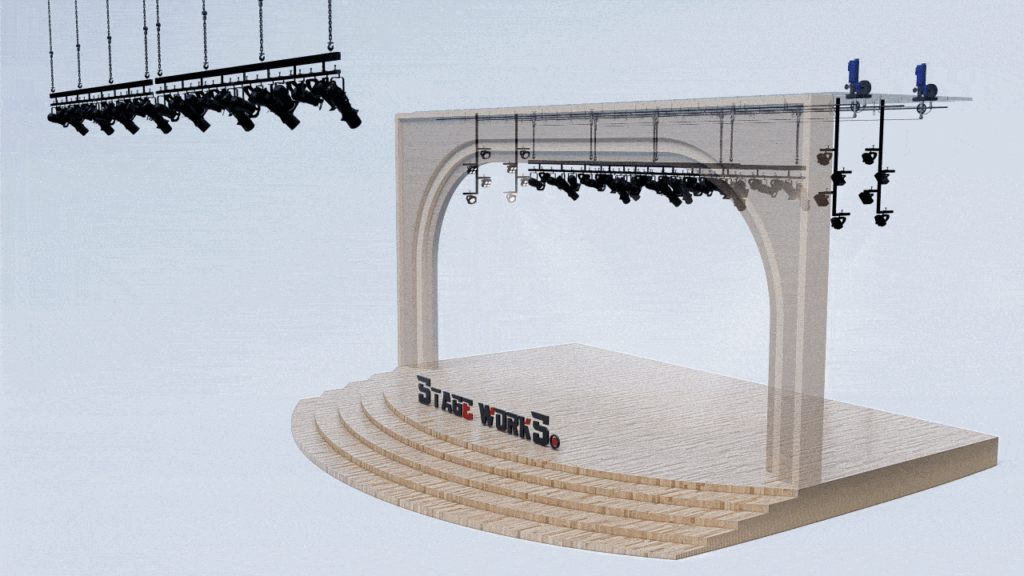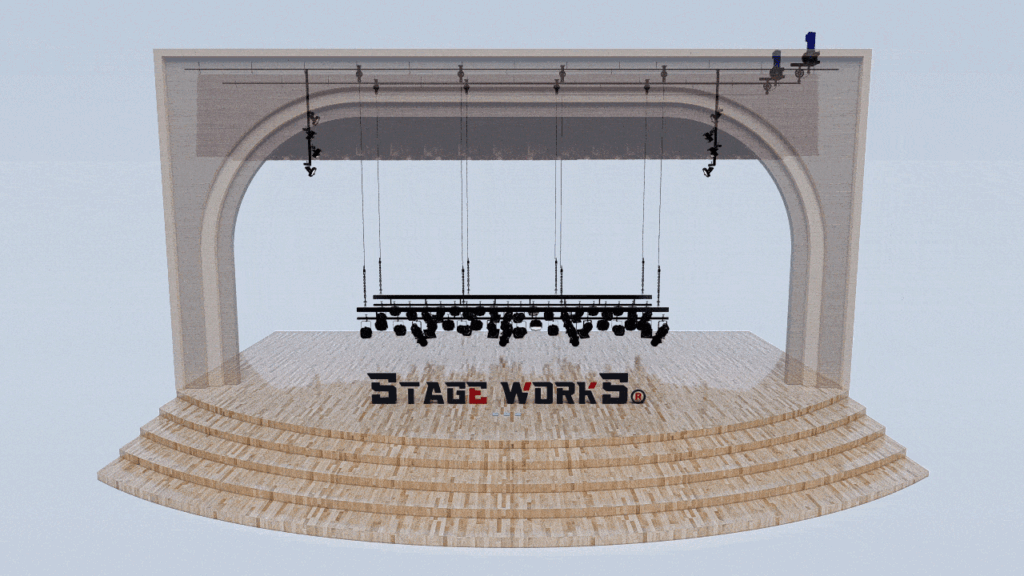Design Your Perfect Stage Curtain in 3 Easy Steps
Choosing the right stage curtain can dramatically impact the overall aesthetic and functionality of your performance space. Whether you’re a seasoned theatre professional or a first-time event organizer, selecting the ideal curtain can feel overwhelming. This guide simplifies the process, breaking down the design of your perfect stage curtain into three manageable steps.
Step 1: Defining Your Needs and Vision
Before diving into fabrics and colors, take time to clearly define your requirements. This crucial first step ensures a successful outcome and avoids costly mistakes later. Consider these key factors:
Functionality First:
- Type of performance: Will your curtains be used for theatre productions, concerts, corporate events, or something else? Different performance types demand different curtain functionalities. A heavy velvet curtain might be ideal for a dramatic play, while a lighter, more translucent fabric might be better suited for a dance performance.
- Opening mechanism: Will you need a center-parting curtain, a traveler curtain, or a draw curtain? Consider the stage size, available space behind the stage, and your budget when choosing the opening mechanism.
- Sound absorption: Do you need sound-dampening properties to enhance acoustics? Heavier fabrics often offer superior sound absorption.
- Light control: How important is light control? Will you need blackout curtains, or are translucent fabrics more appropriate?
Aesthetic Considerations:
- Color palette: The color of your curtains should complement your overall stage design and theme. Consider using colors that enhance the mood and atmosphere of your performances.
- Fabric texture: Different fabrics create distinct visual effects. Velvet offers a luxurious look, while a simpler cotton canvas might be more suitable for a minimalist design.
- Embellishments: Do you want to add embellishments like valances, borders, or appliqués? These details can add a touch of elegance and personality.
- Branding and logos: For corporate events or specific productions, integrating branding elements into the curtain design can be a powerful visual statement.
Step 2: Selecting the Right Materials and Fabrics
Once you’ve defined your needs and vision, it’s time to choose the appropriate materials. The fabric you select significantly impacts the curtain’s durability, appearance, and functionality.
Fabric Choices:
- Velvet: A classic choice for its luxurious look, excellent light absorption, and sound-dampening properties.
- Cotton Canvas: A durable and affordable option, ideal for less demanding productions.
- Silk: A luxurious and elegant fabric, perfect for creating a sophisticated atmosphere. However, it is less durable than other options.
- Polyester: A versatile and durable synthetic fabric that offers good light control and is easy to maintain.
Hardware Considerations:
- Track systems: Select a track system that is robust and compatible with your chosen curtain type and stage size. Consider features like quiet operation and ease of use.
- Sheaves and pulleys: Ensure that the sheaves and pulleys are high-quality and able to smoothly handle the weight of the curtain.
- Control mechanisms: Choose a control mechanism that suits your needs, whether it’s manual operation or motorized control.
Step 3: Collaboration and Installation
The final step involves collaborating with a reputable stage curtain supplier and ensuring professional installation. This crucial phase ensures your perfect stage curtain functions flawlessly and lasts for years.
Partnering with Professionals:
- Consult with experts: Discuss your needs and vision with experienced professionals who can offer advice on fabric selection, hardware, and installation.
- Seek multiple quotes: Compare prices and services from different suppliers to ensure you get the best value for your investment.
- Review samples: Request fabric samples to see the colors and textures in person before making a final decision.
Installation Process:
- Professional installation is key: Improper installation can lead to safety hazards and premature wear and tear. Trust the installation to qualified technicians.
- Post-installation inspection: Thoroughly inspect the installed curtain to ensure everything operates correctly and meets your expectations.
By following these three steps, you can confidently design and install the perfect stage curtain, transforming your performance space and enhancing the overall experience for both performers and audiences. Contact StageCurtains.in today to begin creating your dream stage!



